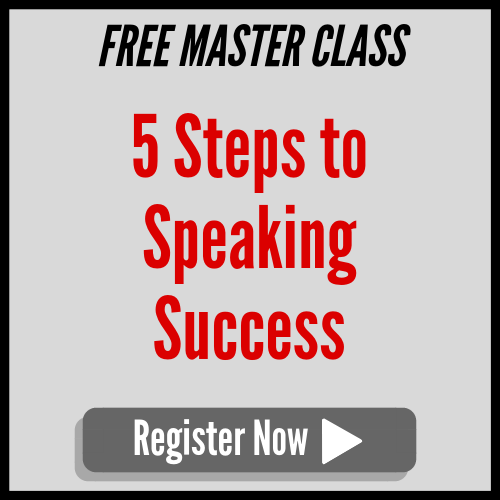 Buyer persona marketing is not about knowing your customers or what they like to buy.
Buyer persona marketing is not about knowing your customers or what they like to buy.
It's much more than that. It's about getting inside their heads to deeply understand their emotional drives.
Many of my small business owner and solopreneur clients claim to know their customer, yet they haven't really tapped into the potential of buyer persona marketing.
Once you finish this article, you'll own the 5 keys to unlock your very own pair of X-Ray goggles to connect with your best prospects so you can sell more, more easily and more often.
As far as small business marketing goes, you'll be stuck in the minor leagues until you realize that in order to know your customer, you must first create an archetypical buyer, based upon all the information you can glean from your past clients, prospects, and previous conversations you've had with folks who bought - and perhaps more importantly, folks who didn't buy.
What you need to figure out is the entire person, the whole picture. Once you begin to understand the psychological motivations and emotional triggers that make your customers buy a certain product or service, you can much more effectively market to them in a way that will put you miles ahead of your competition.
Understanding your buyers is a bit like taking apart a mechanical apparatus to see what makes it tick.
First, you need to know what problems your buyers are experiencing on a daily basis, or how they prioritize their time and the solutions to these problems. Your product needs to offer an emotional relief from one or more of these problems. In short, the buyer needs to NEED your product from an emotional standpoint, and they will then justify the purchase rationally after the fact. Humans are capable of rationalizing just about any behavior if it triggers an emotional reward. Bank on that with your product and let your marketing follow.
Secondly, work to identify the rewards your customers gain from purchasing your product. This ties back into the emotional reward, but try to understand exactly what the buyer gains from your product, on a very basic level. This will help you market to that reward and toward filling your prospect's emotional gap.
Just as you consider the rewards, also look at what the perceived barriers to success or reaching that reward are, from the customer's standpoint. This is the part of the process where you need to understand the thought process that each customer uses to either justify their emotional reactions or to justify not buying your product.
When you begin to build a model to break down these barriers, your product or service literally sells itself with little to no resistance from your customer.
Third, it is crucial to understand the buying process that your typical customer goes through. This is to say that you need to better understand each step of their emotional and rational justification for having your product in their lives. Do they compare other products to yours in an effort to sort out which one will offer the best reward? If so, you need to understand the other products they are comparing yours to. It is important to align your product and marketing solutions to their process for vetting information along with the emotional connection to the problem your product is solving for them on a day to day basis.
This leads to your fourth key - your competitive analysis. Which boils down to a simple answer to a simple question: Exactly how does your product compare against others from the standpoint of the criteria that your customers develop to help them make a decision?
These are questions that can be answered if you truly LISTEN to your customers and understand what they are telling you.
The fifth key is personal conversations. The fastest, easiest and most enjoyable way to figure all of this out is to ENGAGE your customer base in face-to-face real time dialogue. Yes, I'm talking about personal conversations, either on the phone or in person. Think about sitting down - at least monthly - with your clients and prospects over breakfasts, lunches, coffees. Can't make it in person? Use the phone or Skype and take them to a "virtual lunch" or "virtual coffee." Shouldn't take more than 30 minutes and you'll both benefit hugely.
Why? Because you'll learn firsthand the direct path to their own interests and emotional triggers - and you'll hear it in their OWN WORDS. Use THAT language in your marketing, and it's much more likely to resonate with others just like them!
When you begin to "sync" with your buyers at the deepest and most personal level -- and how they make buying decisions -- you're on your way to effective, attractive marketing that will draw clients and customers to you like a magnet.
What do you think? Please use the COMMENTS area below to share your experiences with buyer persona marketing...


